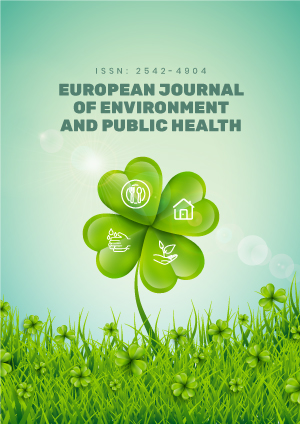Abstract
Kaanga brew is a common illicit liquor from Meru county in Kenya. Popularity of this brew has been growing and is religiously passed down from one generation to the next. The substrates, preparation process and additives used in making it are unhygienic and toxic. As a result, numerous social and health effects have stemmed from its consumption. This study aimed at analyzing the health impacts arising from consumption of Kaanga brew in Meru county, Kenya. A cross-sectional design of study was employed. The research tools used included questionnaires, interviews and observations. Descriptive statistics was used to analyze and present the findings. The results indicated that popularity of this brew was mainly because it was cheaper than other alcoholic beverages. Its consumption was projected to continue for a long period, if strict intervention measures are not taken. The additives used, such as battery acid, methanol and dry cells were indeed toxic for human consumption. Several social effects which had public health effects (such as irresponsible sex activities), by extension were experienced from the consumers. Kaanga brew had significantly more chances (P > 0.05) of causing health effects compared to the other brews. Some of the direct health conditions arising from its consumption include loss of vision, memory and appetite, inflammation and regular stomach upsets. 80% of the respondents had witnessed or heard of a death case caused by the brew.
Keywords
License
This is an open access article distributed under the Creative Commons Attribution License which permits unrestricted use, distribution, and reproduction in any medium, provided the original work is properly cited.
Article Type: Research Article
EUR J ENV PUBLIC HLT, Volume 5, Issue 1, 2021, Article No: em0065
https://doi.org/10.29333/ejeph/9146
Publication date: 04 Nov 2020
Article Views: 6463
Article Downloads: 4684
Open Access References How to cite this article
 Full Text (PDF)
Full Text (PDF)